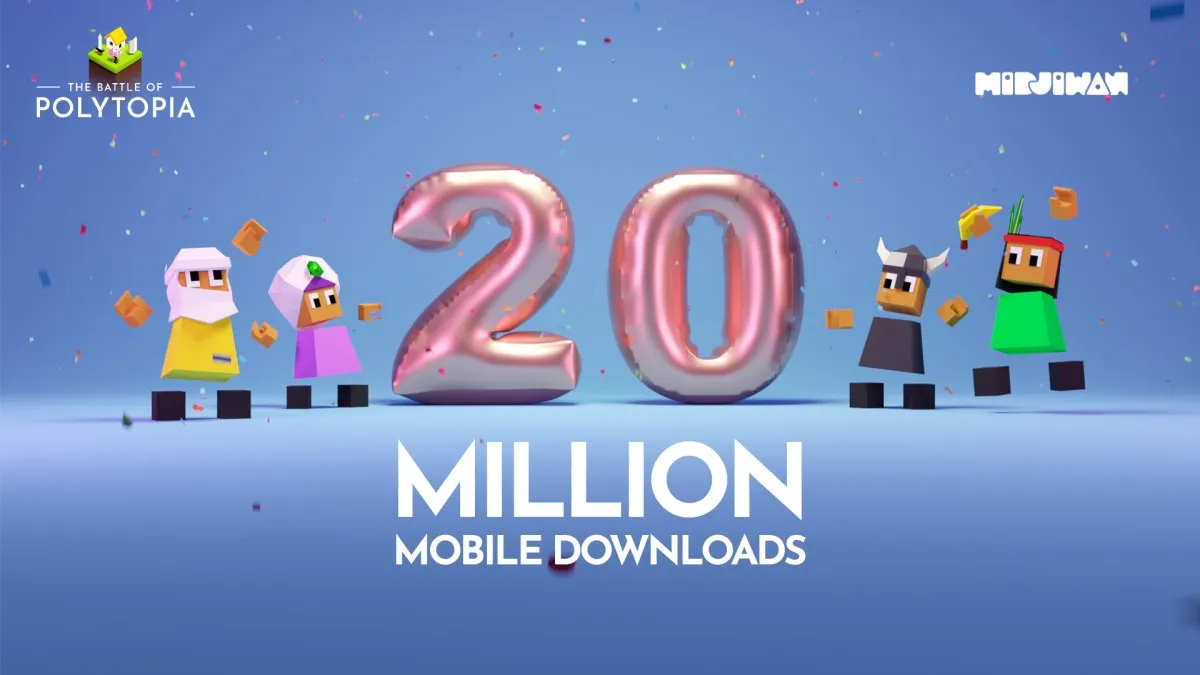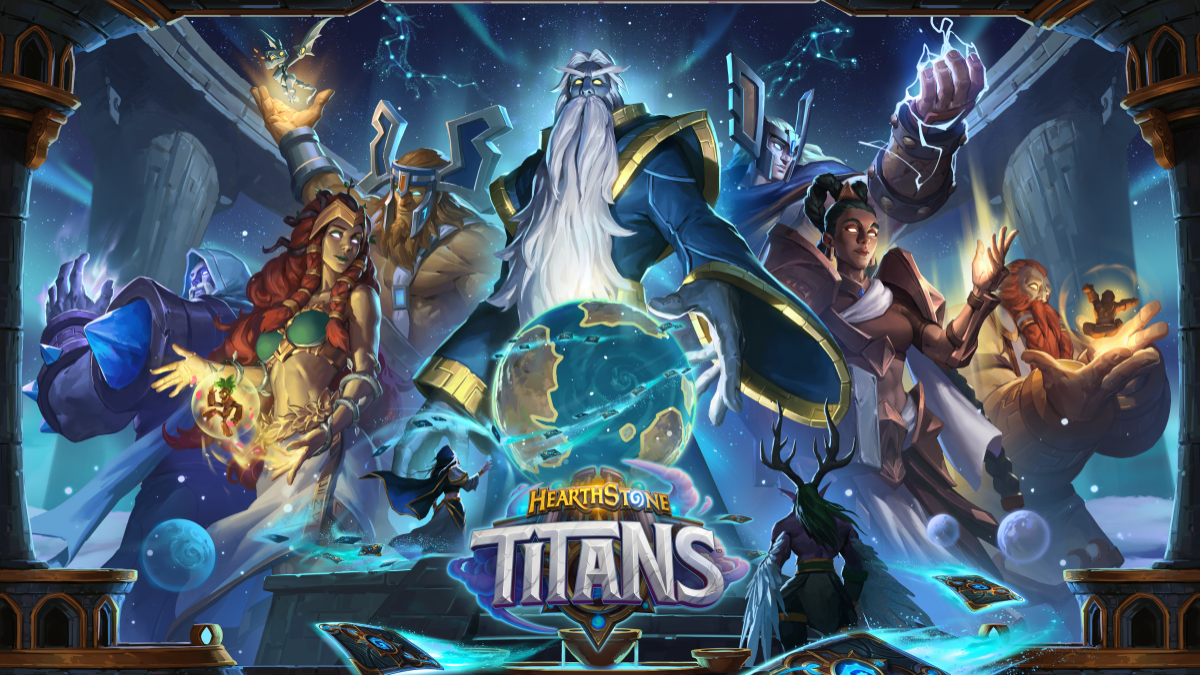IncGamers caught up with the Creative Assembly guys and quizzed them on the latest installment in the classic strategy franchise. Mark Sutherns (Associate Producer), James Russell (Lead Designer) and Kevin McDowell (Lead Artist) told us about the new naval combat system, historical accuracy and the highly-anticipated multiplayer game.
Tell us about the naval combat in the game. Why did you decide to introduce real-time naval battles into the series?MS: I think naval combat has always been an element of the game that the community wanted, because ships and trade and the combat element of the game have always been there. But we’ve never realised it in full 3D, as we have the land battles. So, it was an obvious component to explore but the time was never right in our previous games. With Rome, when we revolutionised the engine last time, we didn’t think we could do naval combat justice and also the period wasn’t, perhaps, the optimum period for naval combat. This period (in Empire) definitely is because it’s the age of sail, which gives us a wealth of options we can explore in terms of the types of ship we can give the player, the types of strategy we can give the player – in terms of ammo types – and with wind playing such a massive role we can explore the simulation side of naval combat too.When we looked at naval combat it was a balance between making sure we didn’t go too far down the simulation side and therefore sacrifice gameplay and fun. So wind is in the game and it is a major factor in the way you play out the battles because it gives you that initiative in the battle. If you’ve got the wind, you can make the first move – you can get to the enemy first, you can get the first shots off. And that’s really crucial to your prospects in the battle.How will the battles play out?MS: Like our land battles, it’s a strategy game with realistic elements of play. But, a lot of that stuff is going on under the hood. The types of ship differ, and there are over 25 different types in the game and they all have different hull strengths, manoeuvrability (with and without the wind, firepower, guns, crew sizes. These factors all contribute to the overall strategy of the game because you have to learn – if you want to explore the game and become an advanced player – how each of those ships work. Learn what the strengths and weaknesses of each ship are so when you go into battle, you’re prepared and you know exactly how to match an opponent.JR: With the initial inception, when we know what time period we wantto tackle, we have two considerations really. We’ve got features wethink would be really good and fun for Total War in terms of where wewant to take it, but at the same time we want to make sure thesefeatures are appropriate to the time period. That’s one of the reasonswhy this was an ideal time to really push the naval battles.How did you maintain historical accuracy when developing the game?JR: With the ships, we went and talked to the National Maritime Museum in London, got all the ship plans and we were pouring over all these actual 18th century diagrams of the ships. All the blueprints were given to our artists so they could rebuild all the ships. It’s been a massive undertaking but we’re really glad that we finally got it out there.KM: The task at hand is to recreate faithfully all of the objects from history; men, ships, buildings etc. And for this time period, it was quite easy for us because it’s so well-documented.Does the fact that you’re playing in a real historical period limit what you can do in any way?JR: The way we work is that we present the player with a sandbox but the structure of that is created by history itself. So, we did an awful lot of research into the way the world was in the year 1700 and we set up a start position for the player with the nations set up as they were, with similar technologies and similar land and cities that they would have controlled at the time.MS: We don’t actually impose any restrictions on the player, we don’t say “by 1740, this event will occur and you’ll have to deal with it.” What we do is present the player with the framework of history and a sandbox to explore and then it’s up to the player to create their own history based on what we have given them. We don’t ever say to the player “stop what you’re doing, this is happening now,” that’s never what we’ve done in the Total War games.What was your biggest challenge in developing the game?KM: Most people might think the biggest challenge is getting the soldiers right, or the buildings right. That’s actually the easy stuff because we’ve got tons of reference for it. The tricky stuff is when we’re making new systems for things. We’ve got a new campaign map for Empire and this was a single object, essentially, which was in development for three and a half years. So, we’re starting with nothing and developing all the technology as we go along. For the landscapes, we’ve got new technology with systems for fields which can be turned on and off and different heights on the landscape. It all fits into an auto generation system which is very, very complicated. That was our biggest challenge.We did a few new things which we hadn’t done in the past. So, in previous games we had faction colouring for all the soldiers and in this game we decided to have faction colouring where it’s appropriate but on some soldier types it’s not appropriate because that’s not what they did historically. So we had to let go of this game mechanic and it actually works great and no-one has a problem with it because hey… we’ve got big green circles under people!
{PAGE TITLE=Empire: Total War Interview Page 2}Do you think the scale of the game may overwhelm some players? What measures have you taken to ensure the game is accessible?JR: We’ve obviously got a game with a much larger geographical scope – we’ve got three massive theatres: Europe, the Americas and India. That meant we had to look very closely at the amount of time the player is spending managing their empire each turn. So we tried to make some of the gameplay choices more meaningful and also reduce the amount of times you have to repeat them. The classic examples of this are with things like recruitment. You can now order recruits and they’ll be recruited automatically at each city that’s close by. That takes away a lot of the burden from the player. Previously, in the Total War games you’d have to go to each city and make sure soldiers were being recruited there.Empire: Total War is probably the biggest game I’ve ever seen. It’s massive, both in terms of scope that we cover and repeat gameplay. Players can lose themselves for many weeks in the game.Did you have to make any major changes to the game during the development period?KM: Everything requires revision, but there hasn’t really been anything that we’ve had to make major changes to. Always, the forts seem to take about three times longer than they ought to. I should just triple my estimate!What level of support will you give the game post-release?MS: We’re fully committed to supporting the game going forward and we’re excited about some of the new stuff we can do with the engine.Such as?MS: No, we can’t say much at the moment. But we’ve talked previously about the multiplayer campaign, so that is something we definitely have in the works. Right now we’re just looking at the one versus one multiplayer. That’s the first step.How will the game differ in the multiplayer mode?JR: The multiplayer battles are already there and they’re great fun. The beta which will be out reasonably soon will be one versus one multiplayer. The thing is, with Total War you’ve got these big battles which means that if you have several players playing the multiplayer campaign, you don’t want to have one person sitting out and waiting for the other two to finish their battle. So there are various subtle changes that we have got to make. We’re not going to be redesigning the game for it, but there are subtle implications in the multiplayer mode to do with diplomacy, and to do with polishing the way the victory conditions workMS: We’ve got a prototype in-house which we’ve been playing with, and for the first release it’s going to be one versus one certainly. We’re not looking to go beyond that at this stage. But, it will combine the real-time and turn-based elements. So on campaign, you can either play against your opponent or you can play co-operatively with them against the AI. There will be battles in there as well. One of the things we’re looking at is when the other player is battling the AI, the option to play as the AI is given to the second player. SO, you can always fight each other, although not necessarily as your own factions.What are you most proud of in Empire: Total War? What is its greatest achievement?KM: It’s such a massive game that I don’t want to single out anything in particular. I think that we’ve done everything consistently to a pretty good quality. A new style of campaign map was a major task and I think we’ve pulled it off nicely. It’s a lot more difficult than people might think, because during the course of development I’ve got people coming up to the art department saying “you know what Kev, I don’t know if the campaign map is gonna work out.”MS: I’m proud of the fact that we’ve achieved three aspects of the game and made them so compelling and rich and combined them so well.JR : I think it’s fair to say that Total War has always been about pushing the boundaries in every area of the game. I think the soul of Total War is having the grand tapestry strategy game on the campaign map which is interspersed with these dramatic real time battles. Together they make more than the sum of their parts. You don’t have a great strategy game and a great battle game in isolation. It’s the interplay between the two that makes Total War unique. The battles are more exciting because you know you’re fighting for a particular region, you know you’ve got to win because otherwise this is going to happen on the campaign map. Similarly, on the campaign map, you know you might be able to win a particular battle, even though the odds are against you. That interplay is key to the soul of the game.Check out our review of the game here.
Read Article <strong>Seven Years War: How The Battle of Polytopia conquered the mobile strategy world</strong>


Category:
Interviews
Seven Years War: How The Battle of Polytopia conquered the mobile strategy world


